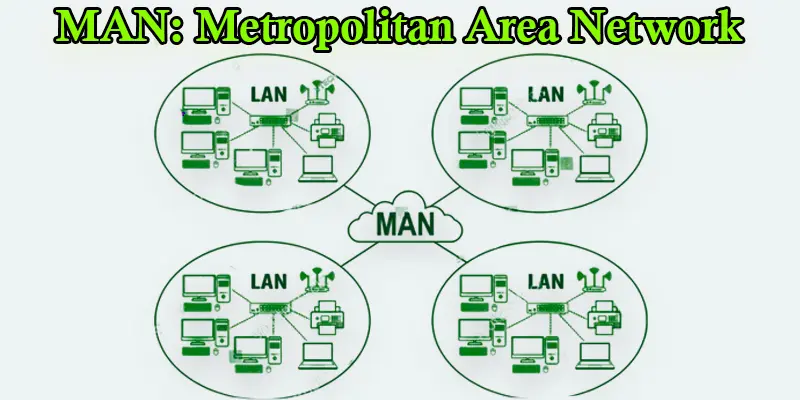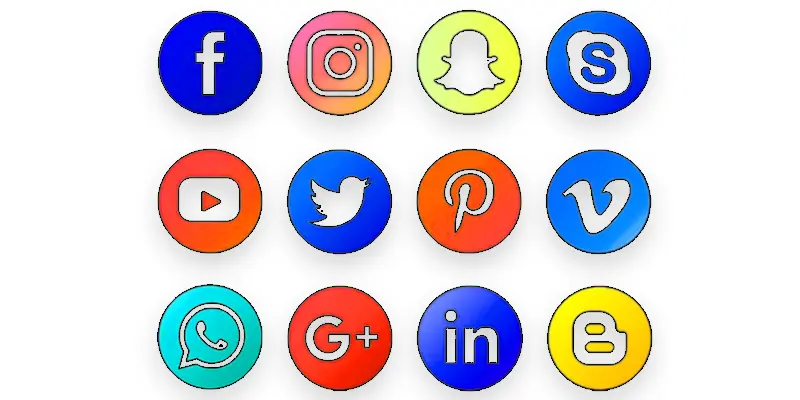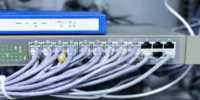What is Computer Software? Software and its Types
Published: 30 Aug 2024
What is a Software?
Software is a set of instructions that tell a computer or other device how to carry out particular activities. It’s what makes apps, games, and websites work on your phone, computer, or tablet. Whether you’re typing a document, browsing the internet, or playing a game, it’s the software that makes it all possible. It comes in many forms, from simple programs that perform basic tasks to complex systems that run entire networks or manage large amounts of data. Without software, our devices would just be pieces of hardware with no way to function.
How does software work?
- Receives Input: Takes commands or data from the user.
- Processes Data: Uses built-in instructions to handle the input.
- Executes Tasks: Carries out specific actions based on the processed data.
- Generates Output: Provides results or displays information to the user.
- Saves Data: Stores information for future use or reference.
Computer Software Types
There are two main types of software on a computer: Application Software and System Software.
System Software
System software is the basic software that makes your computer run. It includes the operating system, like Windows, macOS, or Linux, which controls all the hardware, like your computer’s memory and storage, and manages other software. Think of it as the backbone or foundation that keeps your computer running smoothly and allows you to use programs and apps. Without system software, your computer wouldn’t be able to function.
Types of System Software
- Operating System (OS): The primary piece of software on your computer that controls all of the hardware and applications is the operating system. It allows you to interact with your computer through a user-friendly interface. Examples include Windows, macOS, and Linux. The OS controls everything from running programs to connecting to the internet.
- Device Drivers: Device drivers are specialized software applications that enable hardware devices such as keyboards, printers, and graphics cards to communicate with your computer. Without the right drivers, your computer wouldn’t know how to use these devices.
- Utility Software: Utility software helps maintain, analyze, and optimize your computer’s performance. Examples include antivirus programs, disk cleanup tools, and backup software. These utilities ensure your computer runs smoothly and stays secure.
- Firmware: Software called firmware is installed permanently on physical components, such as the motherboard of your computer or a printer. It controls the basic functions of the hardware and is essential for the device to operate. Firmware is usually updated less frequently than other types of software.
- Language Translators: Language translators are software that converts programming code written by developers into a language that the computer’s hardware can understand and execute. Examples include compilers and interpreters, which are used in programming to create software and applications.
Features of System Software
- Controls Hardware: Manages and directs all computer hardware components.
- Runs Programs: Provides a platform for application software to operate.
- Manages Resources: Allocates system resources like memory and processing power.
- Handles Input/Output: Manages how data is input into and output from the computer.
- Ensures Security: Provides basic security features to protect the system from threats.
Application Software
Application software is the type of software you use to perform specific tasks on your computer or device. It includes programs like word processors for writing documents, web browsers for surfing the internet, and games for entertainment. Basically, it helps you get things done or have fun on your device.
Types of Application Software
- Word Processors: These programs help you create and edit text documents, like letters or reports. Examples include Microsoft Word and Google Docs.
- Web Browsers: These let you access and browse the internet. Examples include Google Chrome, Firefox, and Safari.
- Spreadsheets: These programs help you organize, calculate, and analyze data in tables. Examples include Microsoft Excel and Google Sheets.
- Media Players: These applications play audio and video files, like music or movies. Windows Media Player and VLC Media Player are two examples.
- Graphics Software: These programs help you create and edit images or graphics. Examples include Adobe Photoshop for photo editing and Canva for designing visuals.
Features of Application Software
- Performs Specific Tasks: Helps you do particular jobs, like writing documents or managing finances.
- User-Friendly Interface: Provides tools and options in an easy-to-use format for users.
- Customizable: Often allows you to adjust settings and features to fit your needs.
- Interactive: This lets you actively work with the software, such as entering data or creating designs.
- Regular Updates: Frequently updated to improve performance and add new features.
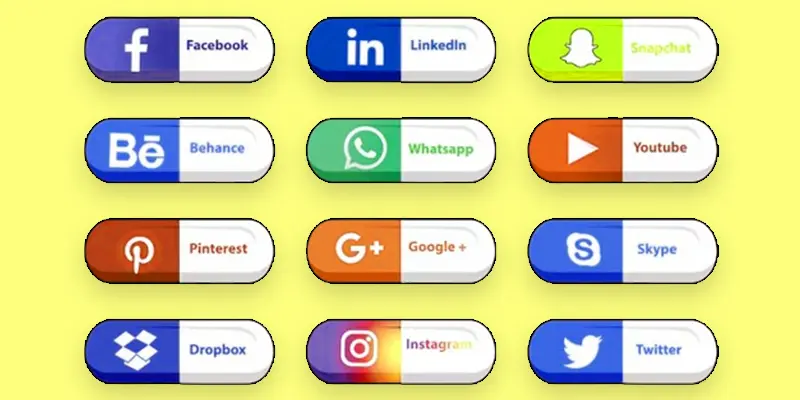
How to maintain software quality?
- Receives Input: Ensure the software correctly gathers and handles information from users or other systems, without errors or confusion.
- Processes Data: Verify that the software can effectively and accurately process the input data according to its design and purpose.
- Executes Tasks: Check that the software performs its intended functions correctly and efficiently, meeting user expectations.
- Generates Output: Make sure the software provides clear and accurate results or responses based on the processed data.
- Saves Data: Ensure the software reliably stores and retrieves data as needed, protecting it from loss or corruption.
Design and Implementation of Software
Design and implementation of software involve two key stages in creating a working program.
Design
Design is the planning phase where developers outline how the software will work. This includes deciding what features it will have, how users will interact with it, and how it will solve a problem. Think of it as drawing a blueprint before building a house.
Types of Software Design
Here are some common types of software design are as follows:
- Functional Design: Focuses on what the software should do, including its features and functions. It’s like creating a list of tasks the software needs to perform.
- User Interface (UI) Design: Concentrates on how the software looks and how users interact with it. It includes designing buttons, menus, and overall layout to make it easy to use.
- Architectural Design: Deals with the overall structure of the software, including how different parts of the program fit and work together. It’s like planning the layout of a building to ensure all rooms and systems work together smoothly.
- Database Design: Involves planning how data will be stored, organized, and accessed in the software. It’s like organizing a filing cabinet so you can easily find and store important documents.
- Algorithm Design: Focuses on creating step-by-step instructions for the software to solve specific problems or perform tasks. It’s like writing a detailed recipe for how to make a dish.
Implementation
Implementation is the building phase where the actual code is written based on the design plan. Developers create the software by writing instructions that tell the computer how to perform the tasks outlined in the design. This stage turns the plan into a real, functional program that users can interact with.
Types of Implementation
Here are some common types of implementation are as follows:
- Direct Implementation: The new software replaces the old system all at once. It’s like switching to a new phone and starting fresh with no transition period.
- Parallel Implementation: The new software runs alongside the old system for a while. This allows you to compare them and ensure the new one works correctly before fully switching over.
- Phased Implementation: The new software is introduced in stages, with different parts going live at different times. It’s like rolling out new features gradually rather than all at once.
- Pilot Implementation: The new software is tested in a small part of the organization or with a limited group of users first. Just like when you try a new cuisine with a small group of friends before bringing it to a big event.
- Incremental Implementation: The software is built and delivered in small, manageable pieces or increments, with each piece adding more features over time. It’s like constructing a building one floor at a time.
Together, design and implementation ensure that the software is well-planned and effectively built to meet users’ needs.
History of Software
The history of software is like a story of how computer programs have evolved over time.
- Early Days (1940s-1950s): The first software was very basic and used for simple calculations. Early computers were huge and had very limited capabilities.
- High-Level Languages (1950s-1960s): Programmers started creating higher-level programming languages like Fortran and COBOL, making it easier to write more complex software without dealing directly with machine code.
- Personal Computers (1970s–1980s): With the rise in popularity of devices like the Apple II and IBM PC, small and individual users were able to access a greater variety of applications. This period saw the development of popular software applications like word processors and spreadsheets.
- Internet and GUI (1990s): The internet became widely available, and graphical user interfaces (GUIs) made software easier to use with icons and windows. Software like web browsers and email clients became essential tools for many people.
- Modern Era (2000s-Present): Software continues to advance rapidly, with mobile apps, cloud computing, and artificial intelligence becoming common. Software is now an integral part of daily life, from smartphones to smart homes.
Future of Software
The future of software is exciting and full of possibilities. We can expect even smarter programs that use artificial intelligence to learn and adapt to our needs. Software will become more integrated into our daily lives, from managing our homes to assisting with personal tasks. Additionally, advancements in technology will make software faster and more secure, making it easier for us to interact with and benefit from.
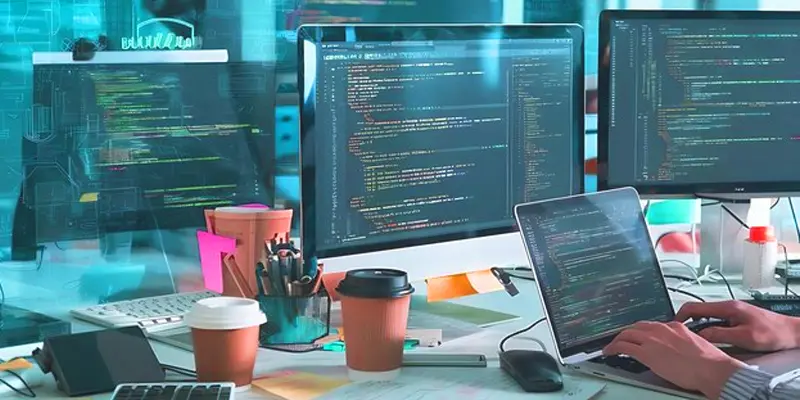
Modern Software Development
Modern software development involves creating and improving programs using the latest tools and methods. It often uses techniques like agile development, where teams work in small, quick cycles to build and test features. This approach helps quickly adapt to changes and fix problems early.
Developers also use powerful tools and platforms to collaborate, write code, and manage projects more efficiently. Modern software development focuses on delivering high-quality, user-friendly applications that meet today’s fast-paced and ever-changing technology needs.
System Software vs Application Software
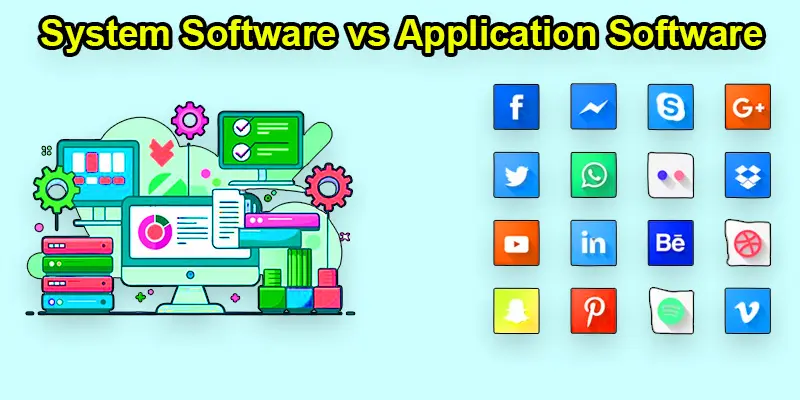
Functionality:
- System Software: Operates in the background and ensures that hardware and software work together efficiently.
- Application Software: Directly interacts with the user to perform tasks or solve specific problems.
Installation:
- System Software: Typically comes pre-installed with the computer or device and is essential for its operation.
- Application Software: Installed separately by the user or added as needed for specific tasks or functions.
Updates:
- System Software: Updated less frequently, usually to improve system stability, and security, or add new features.
- Application Software: Updated more often to add new features, fix bugs, or improve performance based on user feedback.
Examples:
- System Software: Examples include Windows, macOS, Linux, and device drivers.
- Application Software: Examples include Adobe Photoshop, Google Chrome, and Microsoft Excel.
Conclusion about what is software
Software is a set of instructions that specify how computers and other devices should operate. It covers everything, from the operating systems that manage our gadgets to the applications that facilitate our daily activities and social interactions. Without software, our devices would be useless, as there would be no way to perform tasks or interact with the technology. Software is essential for making our modern digital world function smoothly and efficiently.
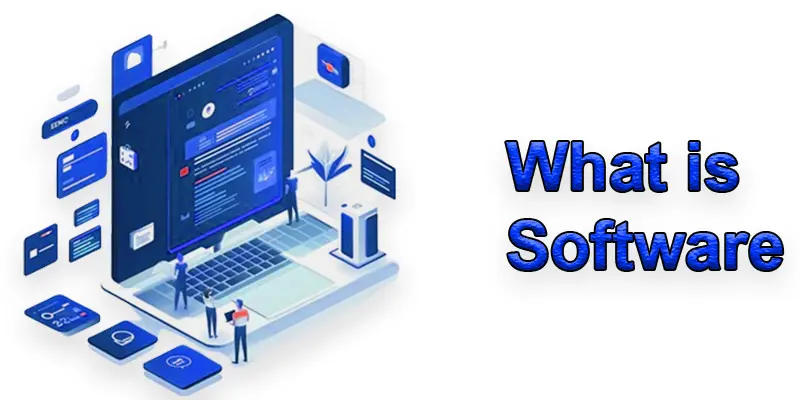
FAQS (Frequently Asked Questions) Software and its Types
Difference between software and program?
Software is a general term for all the programs and apps that run on a computer or device.
A program is a specific type of software designed to perform a particular task.
Which software is made to solve a specific problem or do a particular job?
Application software is designed to solve specific problems or perform particular tasks, like word processors for writing or spreadsheets for managing data.
What are software and hardware in a computer?
The collection of computer programs and applications is known as software.
The physical components of a computer, such as the keyboard, monitor, and internal elements, are referred to as hardware.
What is software in a computer?
Software in a computer refers to the programs and operating systems that control the computer and allow it to run applications and perform tasks.

- Be Respectful
- Stay Relevant
- Stay Positive
- True Feedback
- Encourage Discussion
- Avoid Spamming
- No Fake News
- Don't Copy-Paste
- No Personal Attacks

- Be Respectful
- Stay Relevant
- Stay Positive
- True Feedback
- Encourage Discussion
- Avoid Spamming
- No Fake News
- Don't Copy-Paste
- No Personal Attacks
